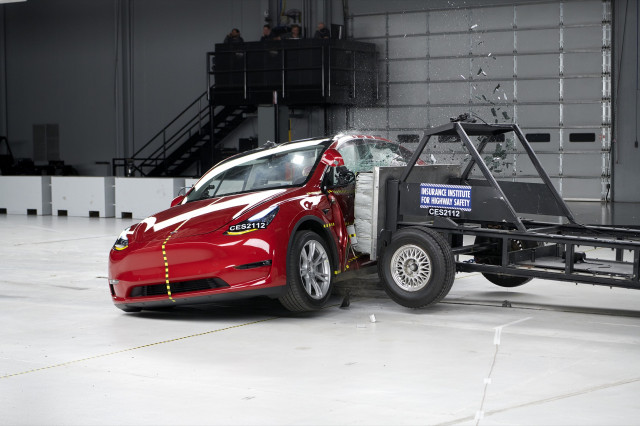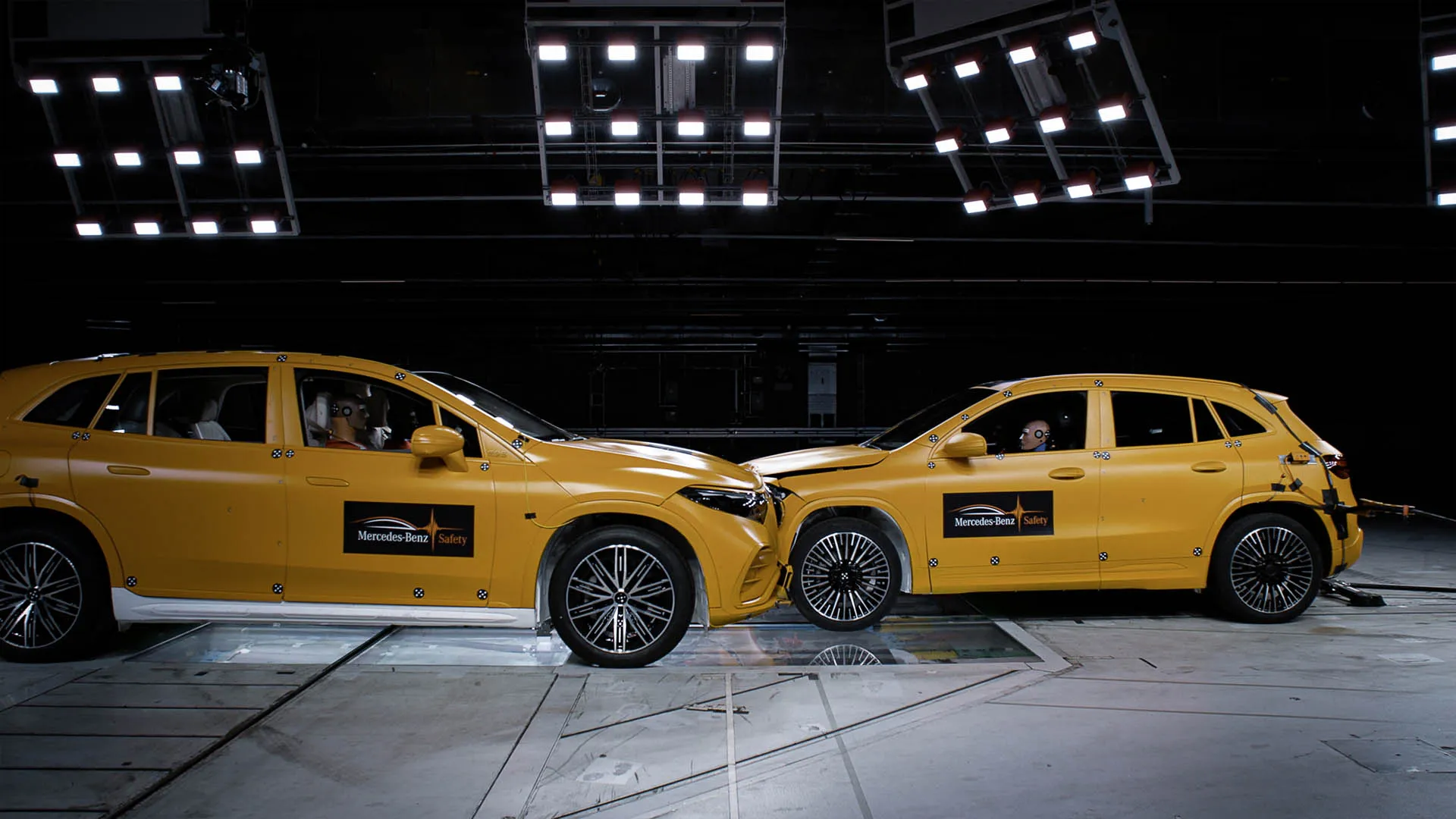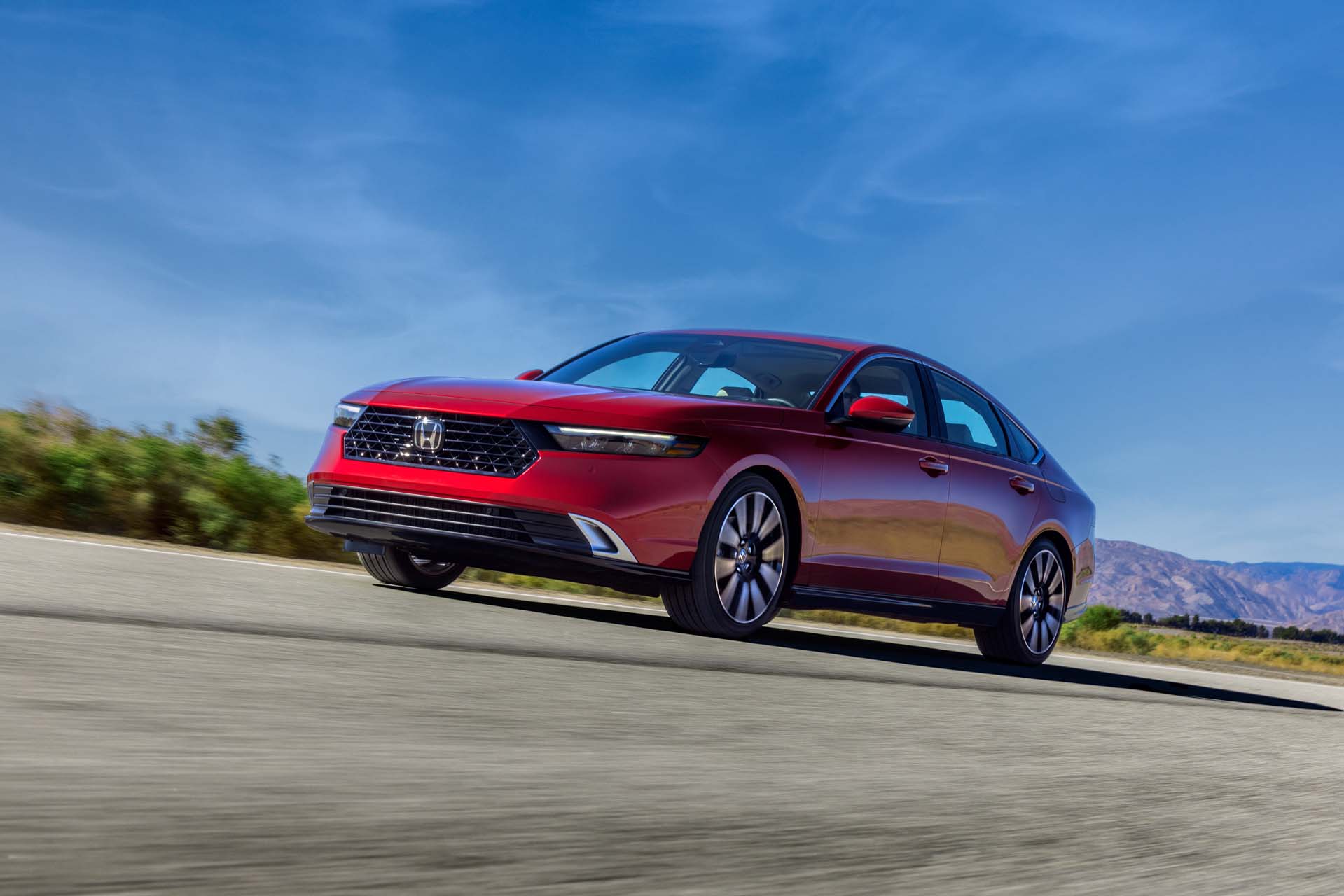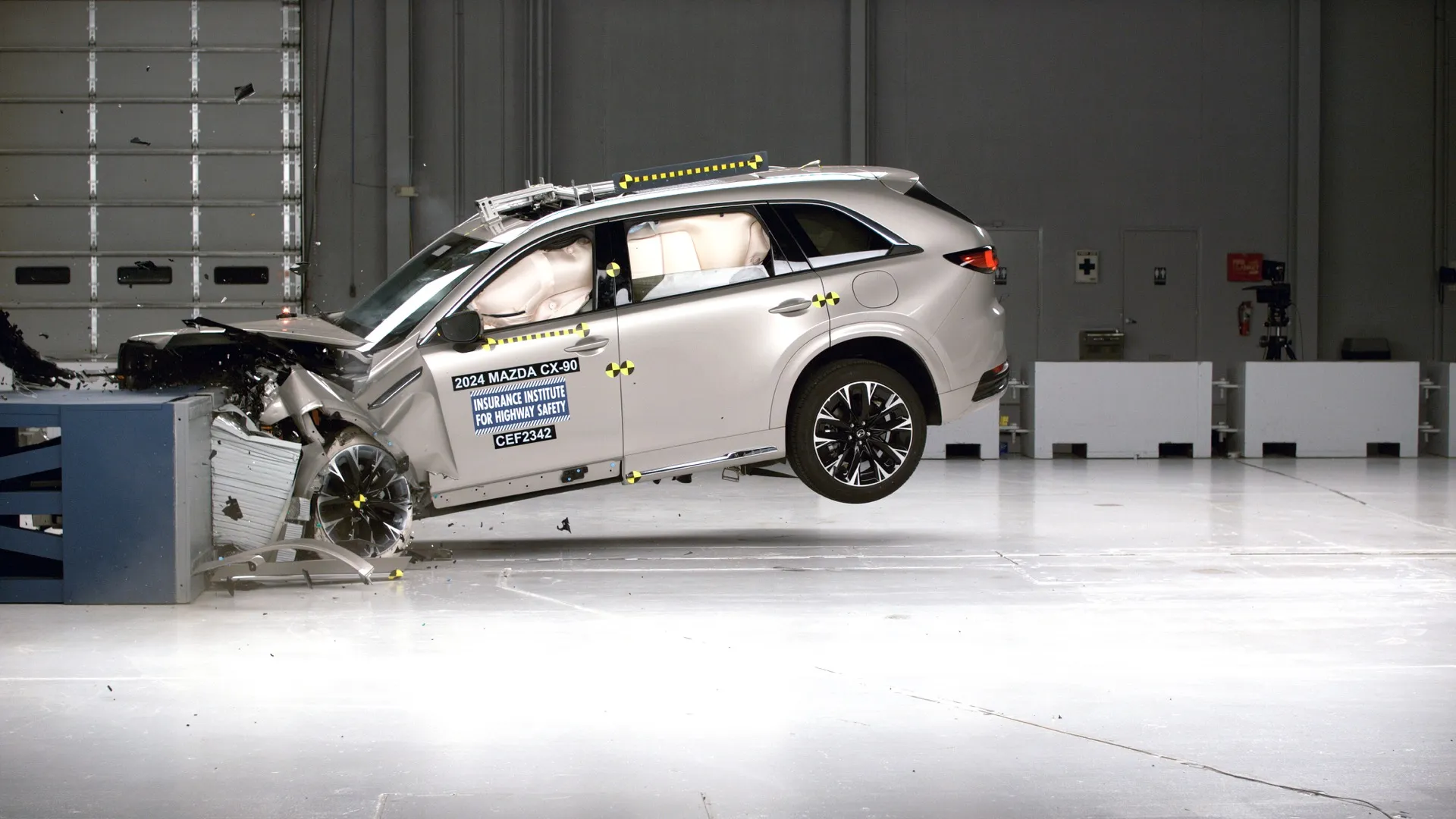Car insurance premiums increased an “unprecedented” 14% in 2023
Car insurance premiums rose an “unprecedented” 14% in 2023 as insurers sought to boost profits, according to a 2024 LexisNexis U.S. Auto Insurance Trends Report.
Insurance premiums have been creeping up since drivers returned to the road en masse following the loosening of pandemic-related restrictions in 2021, the report noted. But last year’s premium increases were substantially greater than the 1% bump seen in 2021 and the 9% hike in 2022.
2024 Subaru Crosstrek’s IIHS crash test results
Some of this has been a long time coming. As people began driving more, higher claims costs—coupled with inflation—ate into insurers’ profits. Many insurers asked for rate increases in 2021, but didn’t enact those increases until 2022 or 2023, according to the report. Auto insurance premiums have outpaced the rate of inflation, based on an annual report issued by the U.S. Department of Labor in January.
Those increases are in part a response to an increase in the severity of insurance of claims since the pandemic. Bodily injury severity has increased 20% since 2020, the severity of material damage claims has increased for 47% in that time, and the number of claims resulting in a vehicle being declared a total loss increased 29%, according to the report, meaning insurers have to pay out more than they would have previously.

2021 Tesla Model Y IIHS crash-testing
The average annual cost of a car insurance policy is currently $2,068, according to a recent U.S. News & World Report study. The Labor Department cited a 24% increase from 2022, and its data said the average auto insurance premium went from $1,633 in 2022 to $2,019 in 2023.
While overall rates have increased, the factors that determine the cost of insurance on an individual basis don’t appear to have changed much. Traffic offenses like speeding tickets and DUIs will cause premiums to go up, and teen drivers are still more expensive to insure than older drivers, according to the study.
LexisNexis also found that EVs tend to cost more to insure. The firm’s analysis found that EVs have a 17% higher claim frequency and 34% higher claim severity versus “traditional segments,” and despite an increase in the total number of insured EVs, the risk pool wasn’t large enough to cancel out these effects. Ergo, higher insurance premiums.














Post Comment